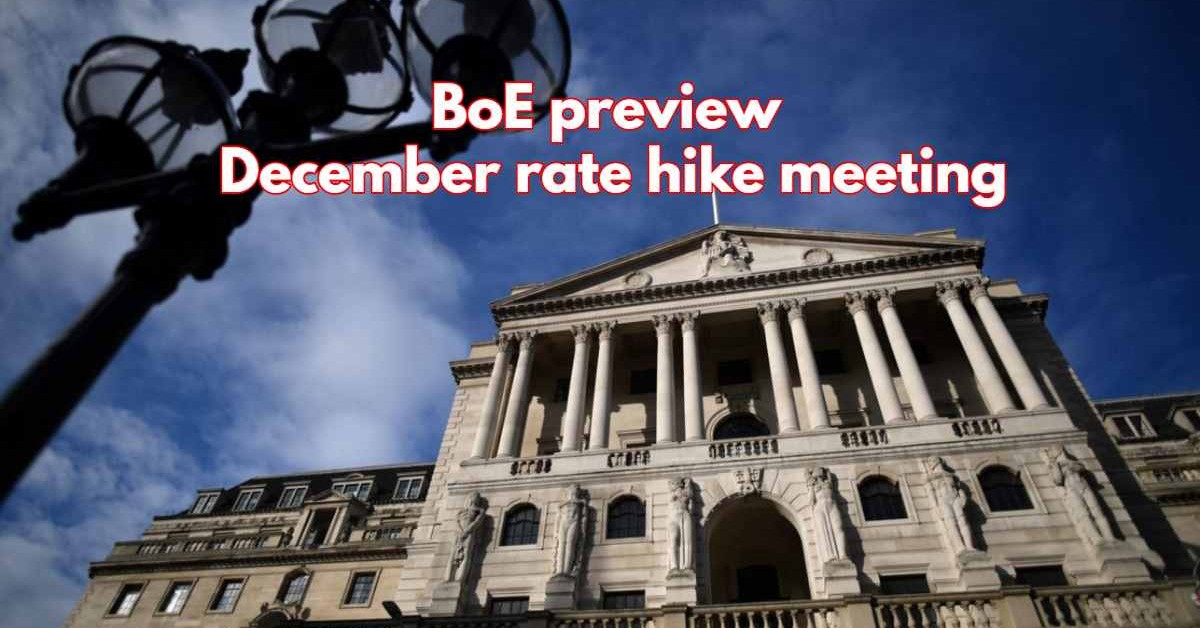Uncertainty after Fed's hawkish comments
BoE is due to raise the rates for the ninth consecutive meeting later today. The consensus estimate is another 50 bps hike. However, it is expected to see more disagreements between MPC members, which would be the leading market driver, as the market already priced in the 50 basis points rate hike.
BoE also has the same challenge as other central banks. While inflation is still at its four decades high of 11%, uncertainty about the UK economic outlook and prolonged expected recession makes the policymakers think twice before voting for another hike.
In November, CPI increased by 0.4%, less than estimates and the previous month, and brought the annual rate down to 10.7% from 11.1% in October. However, one-time seeing inflation decrease would not be a compelling reason to say it is already reducing. Even if it has started to fall, 10.7% is way higher than market expectations. So, we can see an approach similar to that of the central bank in the United States, lowering the rate hike pace but keeping it as long as it needs, increasing the rate peak target and holding it for a longer time. The IMF has warned that UK inflation will end in 2023 above 7%, which they see as the highest in the G10, so holding the higher rates for a longer time would be appreciated.
We should remember that energy prices or supply-chain disruptions are still the main threats to inflation, and the central bank cannot do anything special to eliminate these threats. However, a pause in the cycle is required to assess the impact on economic conditions. Therefore, a 50 bps rate hike is so likely.
In the final summary, BoE will raise the rates by 50 bps, but disagreements among policymakers will be the main market driver in line with BoE governor Andrew John Bailey's press conference. Since the overall stance should be hawkish, it can increase the pressures on the stock markets and help the sterling.


















